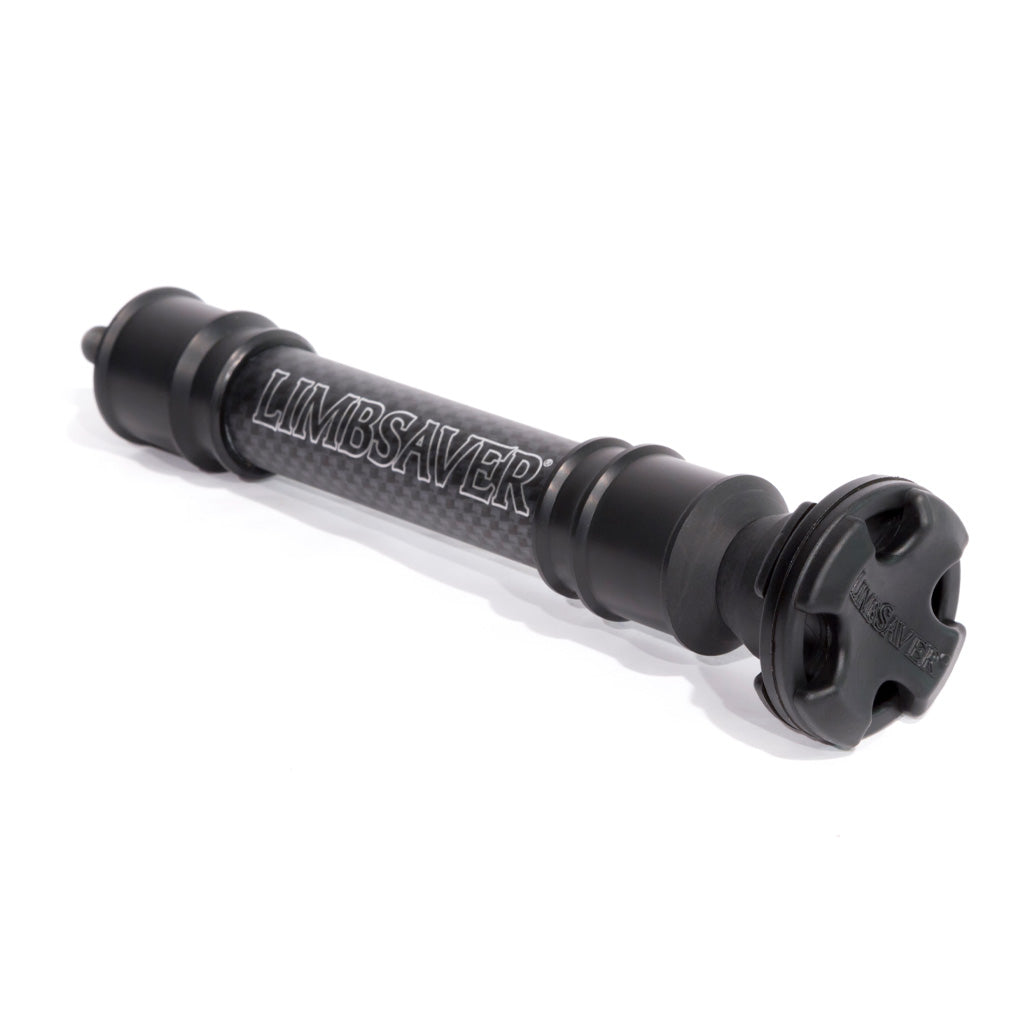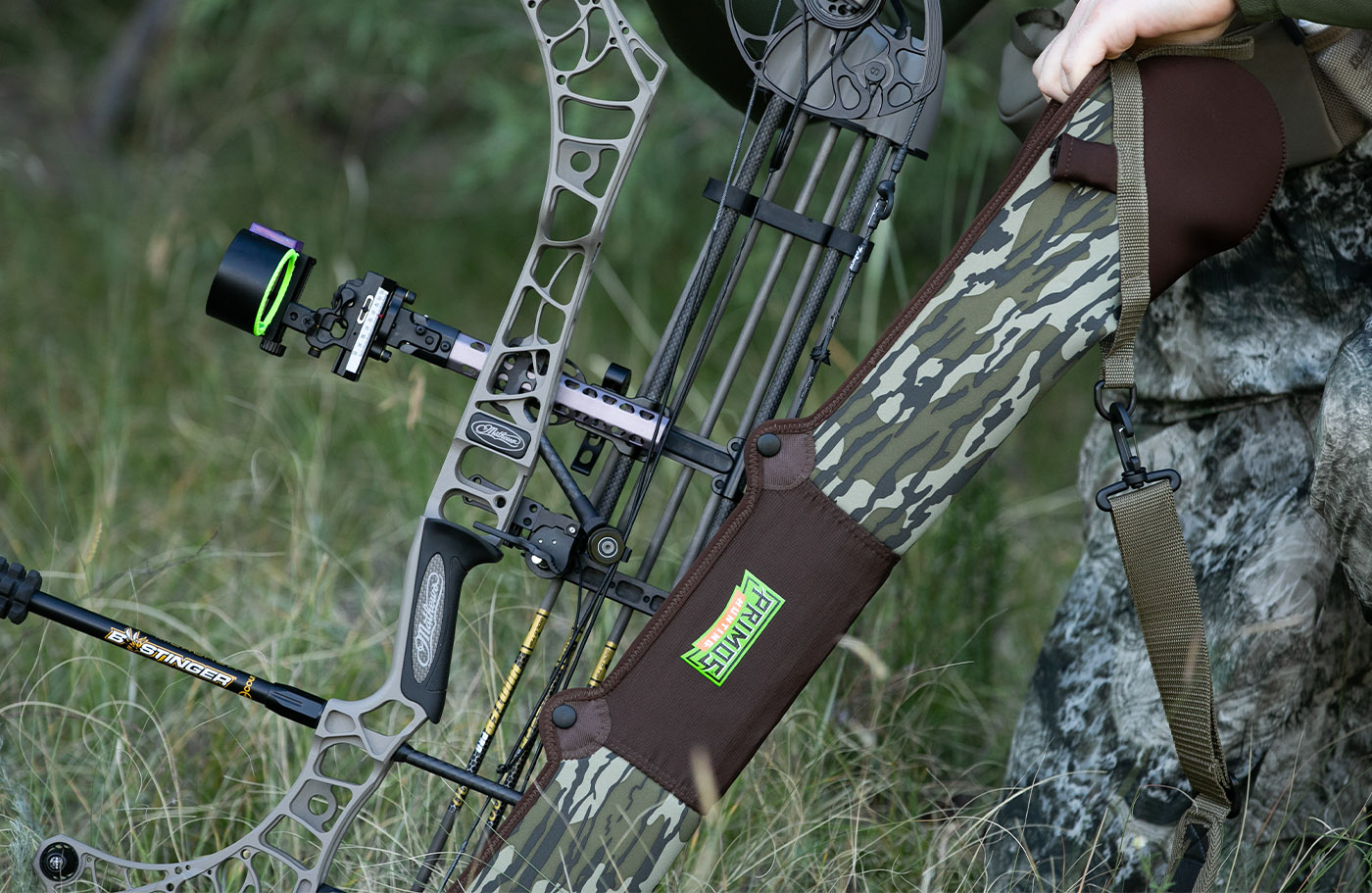Unleash Your Full Potential with the current Bow Stabilizer Innovations
Unleash Your Full Potential with the current Bow Stabilizer Innovations
Blog Article
Increase Your Archery Efficiency: The Ultimate Overview to Bow Stabilizer Configuration
Enhancing your archery efficiency needs a careful technique to every element of your devices setup. Among the various parts that add to precision and stability, the bow stabilizer plays a critical role in refining your shot implementation. Comprehending exactly how to optimize your bow stabilizer setup can bring about substantial improvements in your overall accuracy and uniformity on the array or in the area. As we look into the intricacies of picking the ideal stabilizer weight, positioning, and fine-tuning strategies, you will certainly uncover the trick to opening your full possibility as an archer.
Recognizing Bow Stabilizers
In the realm of archery tools, the role and feature of bow stabilizers stand as vital components for improving shooting accuracy and stability. Bow stabilizers are designed to lessen bow torque, reduce vibrations, and aid in holding the bow consistent throughout the aiming and launch process. By connecting a bow stabilizer to the riser of the bow, archers can experience better balance and lowered hand shock, resulting in even more consistent and exact shots.
The key purpose of a bow stabilizer is to moisten any kind of vibrations that happen upon launching the arrow. This reduction in resonance not just enhances the shooter's convenience yet also assists keep emphasis and control throughout the shot cycle. Additionally, bow stabilizers aid in counteracting the weight of accessories connected to the bow, such as views, quivers, and arrowhead relaxes, guaranteeing ideal weight circulation for boosted stability.
Comprehending the auto mechanics and benefits of bow stabilizers is crucial for archers wanting to tweak their shooting efficiency and attain greater precision on the array or in the area.

Picking the Right Stabilizer Weight
Selecting the suitable weight for your bow stabilizer is an important facet of maximizing your archery arrangement for boosted capturing efficiency. The stabilizer weight straight affects just how properly the stabilizer reduces resonance and maintains your bow throughout the shot. When selecting the best stabilizer weight, it's vital to consider your capturing style, bow equilibrium, and individual preferences.
Lighter stabilizers, typically weighing between 3-6 ounces, are favored by archers that focus on ability to move and fast target purchase. These stabilizers are optimal for hunters or those who fire in tough surfaces where wheelchair is crucial. On the other hand, heavier stabilizers, varying from 8-12 ounces or even more, are liked by target archers seeking maximum security and lowered bow motion. The added weight helps hold the bow steadier throughout the aiming process and minimizes the results of torque on the bow.
Eventually, the most effective stabilizer weight for you will certainly depend upon your capturing goals and preferences. Exploring with different weights and locating the one that provides the optimal equilibrium of stability and ability to move is key to boosting your archery performance.
Putting Up Your Bow Stabilizer
To appropriately install your bow stabilizer, make sure that you have all the necessary devices and comply with these detailed directions for a secure and efficient setup. Begin by recognizing the front stabilizer bushing on your bow riser. Many bows have pre-threaded openings for stabilizer installation. Next off, use a little quantity of bowstring wax to the threads of the stabilizer bolt to avoid it from loosening throughout usage.
Carefully thread the stabilizer right into the front bushing by hand, making certain not to cross-thread it (bow stabilizer). Once the stabilizer is comfortably in location, make use of an appropriate wrench to tighten it safely. Prevent over-tightening, as this can create damages to the bow or stabilizer
After installing the stabilizer, check to ensure it is straight and lined up more information with the bow. Some stabilizers include flexible weights or dampeners; readjust these according to your choices and shooting design. Examination the bow to ensure the stabilizer is efficiently decreasing vibration and improving your shot consistency.
Adjusting Stabilizer Position for Accuracy
After installing the bow stabilizer firmly, maximizing its setting is vital for improving accuracy in your shooting. The placement of the stabilizer can dramatically affect the balance and stability of your bow throughout the shot cycle. To change the stabilizer for optimal precision, beginning by try out Web Site different placements. Relocating the stabilizer better to the riser can help in reducing the bow's general weight distribution, possibly enhancing your aiming security. On the other hand, extending the stabilizer better out can improve the bow's forgiveness and lower the impacts of torque on the shot.
When adjusting the stabilizer placement, think about the sort of shooting you do. For target archery, a longer stabilizer positioned even more out could be useful for added stability throughout the aiming procedure. On the other hand, hunters might choose a much shorter stabilizer for better ability to move in the area. Keep in mind to make tiny adjustments and check your setup after each modification to identify the ideal position for your shooting design and choices.
Fine-Tuning Your Stabilizer Configuration

Additionally, consider the positioning of any kind of dampeners or weights along the stabilizer pole. Relocating these elements closer to or even more from the riser can alter the stabilizer's overall result on your bow's equilibrium. Fine-tuning these details can help in reducing vibration, minimize hand shock, and boost total control during the shot execution.
Routinely reassess your stabilizer setup as your capturing method develops to ensure it proceeds to enhance your type and shooting objectives. By finetuning your stabilizer configuration with precision and treatment, you can enhance your bow's performance and boost your archery abilities to new elevations.
Final Thought
To conclude, maximizing your bow stabilizer configuration is important for improving your archery efficiency. By comprehending the purpose of stabilizers, picking the suitable weight, correctly mounting and positioning the stabilizer, and fine-tuning its configuration, you can enhance your precision and consistency in capturing. Make the effort to experiment with different configurations and adjustments to locate the setup that works ideal for you and assists you achieve your archery objectives.
Bow stabilizers are designed to lessen bow torque, decrease resonances, and assist in holding the bow consistent during the intending and launch process. By affixing a bow stabilizer to the riser of the bow, archers can experience improved equilibrium and reduced hand shock, resulting in more regular and accurate shots.

The stabilizer weight straight affects how successfully the stabilizer lowers vibration and supports your bow throughout the my blog shot. bow stabilizer. By recognizing the purpose of stabilizers, selecting the proper weight, appropriately installing and positioning the stabilizer, and adjust its arrangement, you can enhance your accuracy and consistency in shooting
Report this page